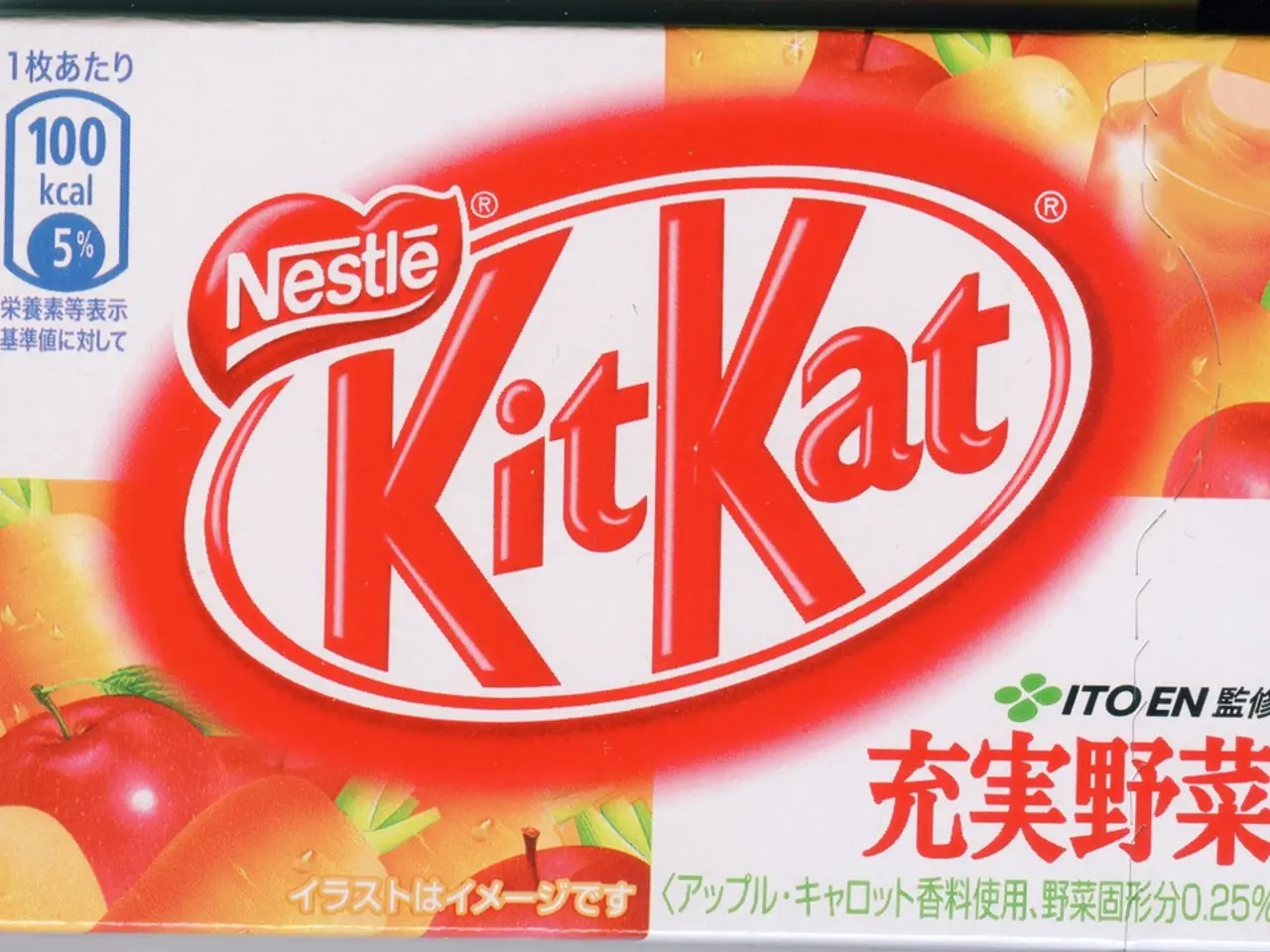Diet Guide: Stages, Advantages, Food Choices on South Beach Diet
The South Beach Diet, a popular weight loss plan designed by Dr. Arthur Agatston and dietitian Marie Almon, has gained prominence since the launch of a best-selling book in 2003[1]. This diet, which emphasizes low-glycemic-index carbohydrates, lean proteins, and healthy fats, is designed to support weight loss and improve metabolic health[1][4].
The diet consists of three phases: Phase I for kick-starting weight loss, Phase II for achieving the target weight, and Phase III for maintaining the ideal weight[2].
In Phase I, which lasts for 2 weeks, the dieter eats normal-sized portions of lean meats, chicken, turkey, fish and shellfish, tofu, reduced-fat cheese, nuts, beans, vegetables, and three balanced meals a day, with desserts and snacks[2]. Foods to avoid during this phase include bread, rice, potatoes, pasta, baked and sugary foods, fruits, alcoholic drinks, and certain vegetables[2]. The aim is to eliminate cravings for sugary foods and refined starches by stabilizing blood-sugar levels[2].
Phase II lasts until the person reaches their desired weight and involves reintroducing some "good" carbohydrates[2]. Examples of suitable dishes during this phase include asparagus omelets with goats cheese, beef and bean chili, and garlic and homestyle turkey meatloaf with mushrooms and white beans[2]. A meal plan for a day during Phase II might include spiced oatmeal with dried apricot and walnuts, spice-rubbed chicken fingers with cilantro dipping sauce, and chocolate meringue kisses for dessert[2].
Phase III is about maintaining an ideal body weight and experiencing better health[2]. During this phase, people do not go back to eating whatever they like; instead, they continue to make good food choices[2]. The creators of the South Beach Diet claim that their approach helps people maintain an ideal body weight for the long term[2].
The South Beach Diet is said to help people avoid diabetes and achieve normal cholesterol and blood fat levels[1]. It may help regulate blood pressure by promoting weight loss, reducing sodium intake, and incorporating heart-healthy fats[1]. Emphasizing lean proteins, healthy fats, and fiber-rich foods can help reduce LDL cholesterol and improve overall lipid profiles[1][3].
However, long-term effectiveness is complex and depends on multiple factors, including individual adherence and overall lifestyle[4]. Like many low-carb diets, the South Beach Diet can be effective for short-term weight loss due to reduced carbohydrate intake and increased satiety from proteins and healthy fats[1][4]. However, long-term weight maintenance often hinges on sustained dietary changes and ongoing healthy habits[4].
Flexitarian or Mediterranean-style diets, which are similarly nutritious but less restrictive, may be easier to maintain over time and are associated with better cardiovascular outcomes and reduced cancer risk[3]. More long-term research is needed to fully understand the comparative benefits of the South Beach Diet.
In conclusion, the South Beach Diet can be effective for weight management, diabetes prevention, hypertension, and cholesterol control if followed consistently and as part of an overall healthy lifestyle[1][4]. However, long-term success depends on sustained changes and may not be superior to other balanced, flexible diets that are easier to maintain[3][5]. The South Beach Diet offers a variety of recipes on its website for suitable meals to cook and eat[2].
References: [1] Agatston, A., et al. (2008). The South Beach Diet: Good Fats, Good Carbs, Great Health. Rodale Books. [2] South Beach Diet (2021). The South Beach Diet: The Delicious, Doctor-Designed, Foolproof Plan for Fast and Healthy Weight Loss - Official Site. [online] Available at: https://www.southbeachdiet.com/ [3] Hu, F. B., et al. (2019). Dietary Fiber and Whole Grains in the Prevention of Cardiovascular Disease and Type 2 Diabetes: A Science Advisory From the American Heart Association. Circulation, 139(10), e588-e609. [4] Volek, J. S., et al. (2015). Beyond weight loss: a review of the therapeutic uses of very-low-carbohydrate (ketogenic) diets. European Journal of Clinical Nutrition, 69(8), 832-842. [5] Van Horn, L. V., et al. (2018). Long-term weight loss maintenance: current status and future directions. Advances in Nutrition, 9(6), 930-938.
- The South Beach Diet's low-glycemic-index carbohydrates, lean proteins, and healthy fats promote weight loss and improve metabolic health, according to science and health-and-wellness research.
- In the first phase of the South Beach Diet, dieters avoid types like bread, rice, and pasta, focusing on lean meats, vegetables, nuts, and lean proteins like chicken, fish, and tofu.
- As they reach their desired weight, diet participants can consume other nutrition sources like asparagus, goats cheese, and white beans in Phase II of the diet.
- A healthy diet, such as the South Beach Diet, can help people manage their weight, prevent diabetes, and maintain normal cholesterol and blood fat levels.
- For long-term success, eating a diet like the South Beach Diet requires sustained changes and ongoing healthy habits, not just short-term weight loss.
- The South Beach Diet's creators claim that their approach helps people maintain an ideal body weight for the long term, but more research is needed to fully understand the comparative benefits.
- Flexitarian or Mediterranean-style diets, which emphasize variety and are less restrictive, may be easier to maintain over time and are associated with better cardiovascular outcomes and reduced cancer risk.
- Stabilizing blood-sugar levels during Phase I of the South Beach Diet helps reduce cravings for sugary foods and refined starches.
- The South Beach Diet's website offers a range of recipes for suitable meals to cook and eat to support the diet's principles and promote weight management, health, and fitness-and-exercise.




